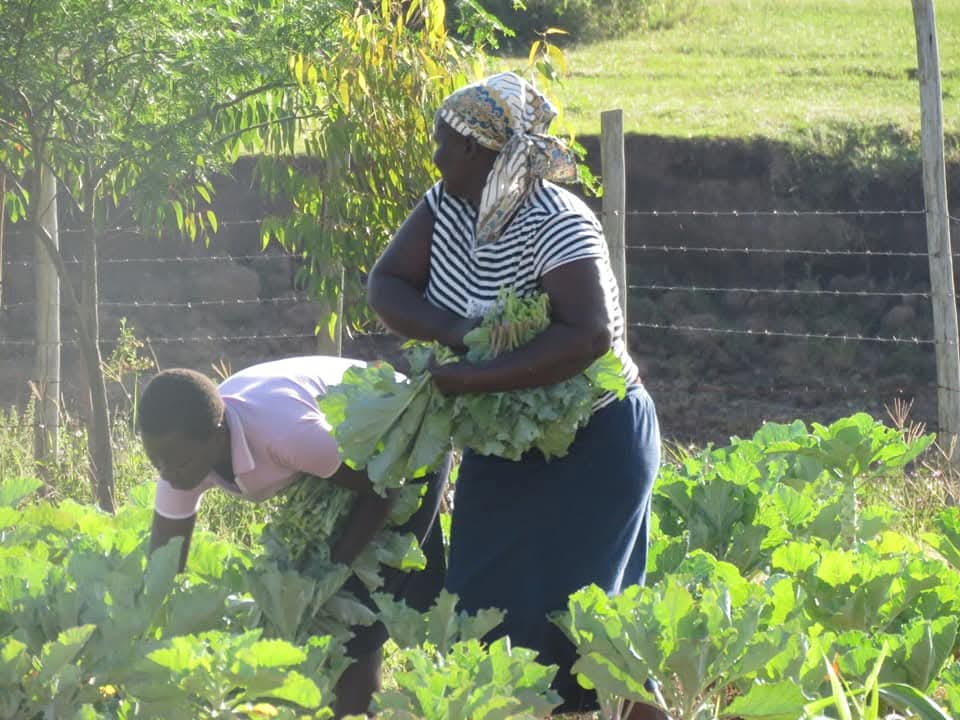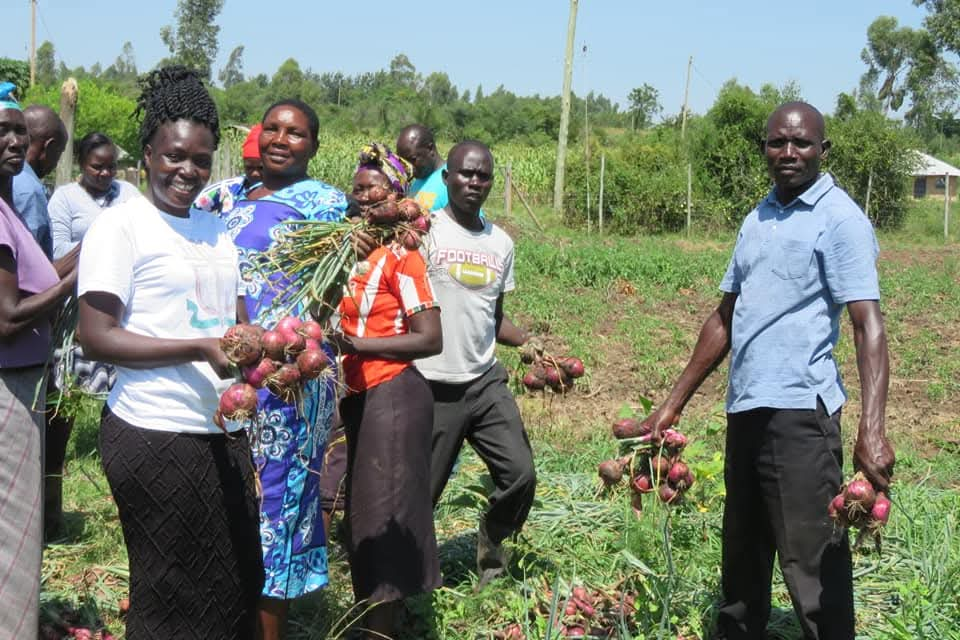Rebuilding Lives: A Model for Widow Empowerment Through Sustainable Support
Rebuilding Lives: A Model for Widow Empowerment Through Sustainable Support

The plight of widows across the globe is too frequently a silent crisis. Stripped of partnership, they are commonly exposed to economic devastation, social ostracism, and a desperate fight to care for their families. Effective empowerment entails moving beyond short-term pity to create lasting, sustainable transformation. By setting strategic priorities, targeted programs, and critical areas of aid, we can address the profound needs widows face and equip them to create secure, independent futures.
The OverallObjectives
The central aim of widow empowerment is to facilitate a transition from vulnerability to self- sufficiency. This is divided into some overall objectives:
1. FinancialAutonomy: To empower widows with the means to generate a constant and sustainable income, breaking the chains of poverty and dependency on humanitarian relief.
- SocialIntegration:To combat stigma and exclusion by bringing widows back into community structures, giving them a voice and a support group.
- Household Stability:To ensure the well-being of the entire household, i.e., food security, children’s access to education, and secure shelter.
- DignityandAgency:To restore a sense of purpose, confidence, and control over their lives and decisions.
Foundational Support Areas
Successful empowerment is built on a foundation of multi-dimensional support that addresses immediate and long-term needs. Some of the key areas include:
- Livelihoods andAssets:Providing productive assets—a flock of sheep, goats, or seeds for farming—that can be utilized for food and income. This also includes vocational training for non- agricultural pursuits.
- Capacity Building andTraining:Equipping widows with essential skills like animal husbandry, business management, financial literacy, and sustainable agricultural practices.
- Psycho-social Support: Offering counseling and creating safe spaces for widows to share experiences, grieve, and build resilience to stigma and trauma.
- LegalAid andAdvocacy:Helping to navigate inheritance laws, land rights, and protection from property grabbing and other exploitation.
- Healthcareand Nutrition: Enabling access to health care for themselves and their children, and supporting programs that improve household nutrition, such as dairy products from livestock.
Key Programs and Models
Converting aspirations and support into action requires deliberate programs. Effective models include:
- LivestockDonation Programs:Initiatives where widows receive a starter herd of goats or sheep. The “pass-on-the-gift” approach is particularly powerful, where the first baby animal is passed on to another widow in need, creating an expanding chain of empowerment.
- Self-Help Groups (SHGs) and Cooperatives: Grouping widows into saving groups that access small loans, receive training together, and advocate for their rights. This establishes solid economic and social networks.
- Micro-Enterprise andVocational Training:Training of widows in a vocational trade (e.g., tailoring, soap making, beekeeping) and the provision of seed funds or microloans to assist them in establishing their own small businesses.
- Legal Clinics andAwarenessWorkshops:Mobile or community legal services that create awareness among widows of their entitlements and offer pro-bono assistance to acquire land and property titles.

Responding to the Core Needs
All these activities seek to respond to the primary needs widows express:
- The Need for Sustainable Revenue:Cash grants are temporary. The need is a sustainable, ongoing revenue stream to cover the expenses of daily living, schooling, and medical expenses. A herd of healthy sheep, for example, meets this need through selling wool, lambs, and milk.
- Food Security Need:The initial worry is, “How am I going to feed my children?” Livestock provides immediate nutritional value in the form of milk and cheese, in addition to manure to fertilize family vegetable gardens.
- Community and BelongingNeed:Widows are often alone. Projects that unite them fulfill their deep desire for emotional support, companionship, and strength in numbers.
- Need for Safety and Security:Threat of loss of land or home is an ever-present danger. Empowerment programs must have a legal component to protect their property and ensure their physical safety.
Conclusion
An investment in widows is a strategic investment in economic stability and community health. By setting clear goals, implementing pragmatic initiatives directed toward asset creation like livestock support, and addressing the holistic areas of need—from legal protection to psycho-social counseling—we can dignify their resilience. We can transform them from objects of pity to recognized pillars of strength who can lead their families from poverty to prosperity.
